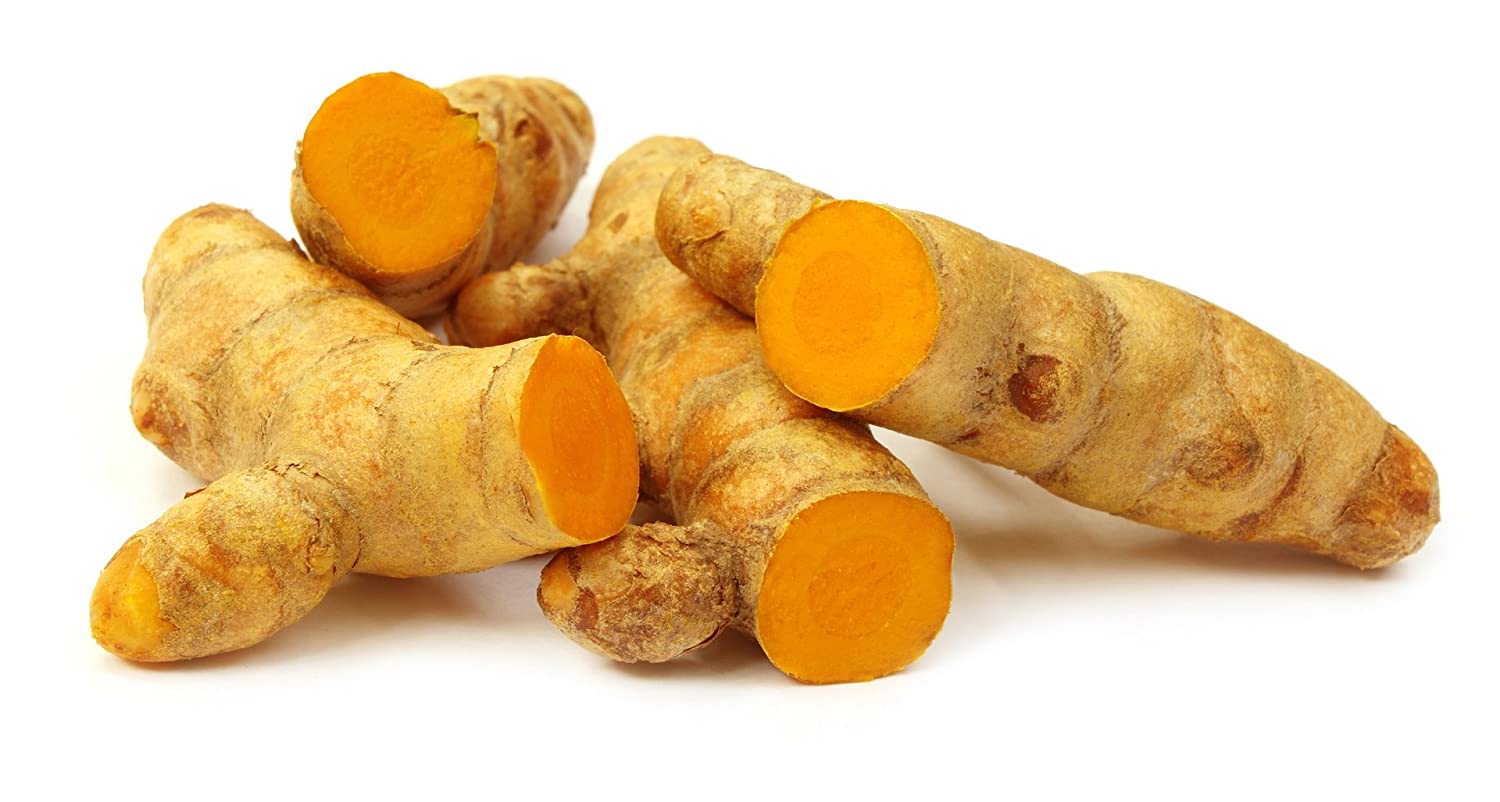Turmeric, scientifically known as Curcuma longa, is a plant that belongs to the ginger family. It has been widely used as a spice in various cuisines and as a traditional medicine for centuries. Turmeric is known for its characteristic bright yellow-orange color, which is attributed to the presence of a natural pigment called curcumin. In this article, we will discuss the various aspects of turmeric, including its history, nutritional profile, health benefits, and technical information.
History of Turmeric
Turmeric has been used in traditional medicine systems for thousands of years, especially in Ayurveda and Traditional Chinese Medicine. It was first cultivated in India and was later introduced to other parts of the world, including China, Africa, and the Caribbean. Turmeric was first used as a dye due to its bright yellow color, and later it was used as a spice in various cuisines. In India, it has been used as a spice in curry dishes and as a natural remedy for various ailments.
Nutritional Profile of Turmeric
Turmeric is a low-calorie spice that is rich in various nutrients, including vitamins, minerals, and antioxidants. One teaspoon of ground turmeric (approximately 2 grams) contains:
- Calories: 8
- Protein: 0.3 grams
- Fat: 0.2 grams
- Carbohydrates: 1.7 grams
- Fiber: 0.6 grams
- Vitamin C: 1% of the RDI (Recommended Daily Intake)
- Iron: 3% of the RDI
- Potassium: 1% of the RDI
- Manganese: 10% of the RDI

Turmeric is also rich in curcuminoids, the natural pigments responsible for its yellow-orange color. Curcumin, the most abundant curcuminoid in turmeric, has been extensively studied for its potential health benefits.
Health Benefits of Turmeric
Turmeric has been used for centuries as a natural remedy for various ailments, and modern research has confirmed many of its health benefits. Here are some of the potential health benefits of turmeric:
- Anti-Inflammatory and Antioxidant Properties
Curcumin, the active ingredient in turmeric, has potent anti-inflammatory and antioxidant properties. It can help reduce inflammation in the body by inhibiting the production of inflammatory molecules. Curcumin is also a potent antioxidant that can neutralize free radicals, which can cause oxidative damage to the body.
- May Improve Brain Function
Curcumin has been shown to have neuroprotective properties, which may help improve brain function and reduce the risk of neurodegenerative diseases such as Alzheimer’s and Parkinson’s.
- May Reduce the Risk of Heart Disease
Curcumin may help reduce the risk of heart disease by improving the function of the endothelium, the lining of the blood vessels. It can also help lower LDL (bad) cholesterol levels and reduce inflammation, which are both risk factors for heart disease.
- May Have Anti-Cancer Properties
Curcumin has been shown to have anti-cancer properties by inhibiting the growth of cancer cells and inducing cell death in cancer cells. It may also help prevent the development of new blood vessels in tumors, which is necessary for their growth.
- May Improve Digestive Health
Turmeric has been traditionally used to treat digestive issues such as bloating, gas, and indigestion. Curcumin has been shown to improve digestion by stimulating the production of bile, which is necessary for the digestion of fats.
Tasty & Quality Approved Agricultural Products
are Available Here!
We supply and export great-quality Bold Peanuts, Java Peanuts, TJ Peanuts, Fresh Red Onion, White Garlic, Yellow Maize, Dry Red Chill and In Shell Peanuts with 100% customer satisfaction all over the world.

